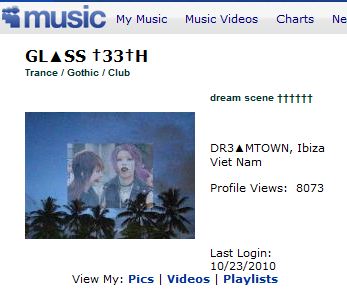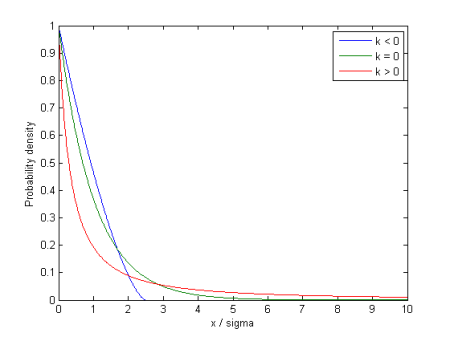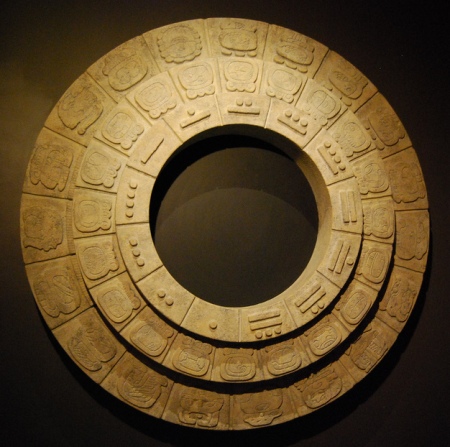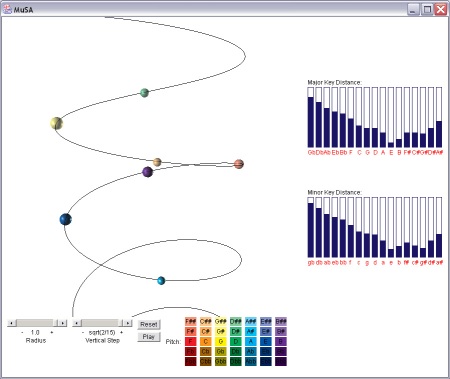For new artists, any discussion of a band name is likely coupled with a domain name search to make sure the URL is available, since they are constantly being told how to have an effective online presence. But there is an interesting phenomenon emerging: in a world where all information is a click away, some artists are choosing to be deliberately difficult to find on the Internet.
Ingroups and outgroups have existed as long as, well, culture. Or possibly earlier. And music has always seemed to be particularly susceptible to the distinction, as evidenced by the preponderance of hipster music jokes. So perhaps it’s no surprise that artists are taking advantages of Internet-age quirks to narrow their fanbase. Here are a few example strategies:
Have a nondescript name: I’ve long thought that the band The The had the most perfectly unGoogleable name, but since they pre-date the Internet and are deservedly well-loved, typing ‘the the’ into Google does, in fact, give you their official website as well as many ancillary sites (although note that the sixth hit is a typo in NASA’s Image of the Day). But even for a post-Google band, being generic is a dangerous strategy, as success makes you easier and easier to find. When I first started listening to The National, it was almost impossible to find their website unless you knew a priori that the URL was http://www.americanmary.com, after an early song. Now, of course, the band’s website is the first hit.
Hide behind special characters: GL▲SS †33†H. ℑ⊇◊⊆ℜ. ///▲▲▲\\\. Certain genres—darkwave, witch-house, and drag (any distinction between the three is rather lost on me, I admit)—use Unicode in their band names as something of a trope. Guardian Music speculates that use of symbols rather than alphanumerics for artists in the genre, together with GIF-heavy sites and locked Last.fm pages, are all about creating an ingroup, in which “only the youngest and the most enthusiastic will be bothered to seek them out by reading the right blogs.”
Be mistaken for porn: Type ‘teen’ into Google, and hit space. You’re now in whitescreen territory, where Google Instant leaves you on your own to fill out the rest, rather than offering up suggestions. This has been exploited by bands Teen Girl Fantasy, Teen Porn, and Free Nude Celebs to make themselves less findable on Google. I’m personally waiting for a bands with names that consist of a word from the Google blacklist followed by something difficult to spell, like ‘Squirt Syzygy’ (yes, ‘squirt’ is on the blacklist).
Don’t put searchable info online: A few weeks ago, I went to a concert at the Whitehaus, a Boston art-house and informal music venue. I remembered where it was, but I wanted the street address to punch into my phone for directions. I could find neither the address nor any information about the show was online. For a moment, I thought I was delusional—then I remembered that the flyer for the show was hand-drawn, scanned and uploaded (and therefore the contents weren’t indexable or searchable) and I had been pointed to it by a friend. And I wound up digging the street address out of an e-mail from another friend. Whitehaus has a specific reason to be unfindable by the casually interested—it is a private residence, after all—but this also ensured that the attendees were limited to a small ingroup, largely people with personal connections to the community.
Don’t be online at all: Somewhere, there is a community of loosely-connected high school kids, making music in their basements, recording it with their parents’ dusty disused Technics double-cassette decks, and sharing it with their friends. And we’ll never know about them, at least not until one of those kids becomes the next Mountain Goats.
Other strategies? A friend of mine suggested naming your band “404 Not Found.” Another option would be to name your band with a misspelling of another well-known band, like ‘Metalica,’ which is guaranteed to get you lost in the metadata. If you have other suggestions for ways to hide on the Internet, feel free to leave them in the comments.
UPDATE: There actually used to be a band called 404 Not Found. Thanks, Jesse, for the heads-up!
UPDATE 2: Thanks to William Gibson, Bruce Sterling, and everyone else on Twitter who pointed people to this post! This blog, zed equals zee, is primarily about the intersection of music, culture and technology; feel free to explore the rest or to subscribe. You can also check me out on Twitter. Cheers!








